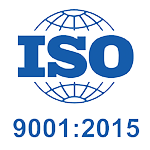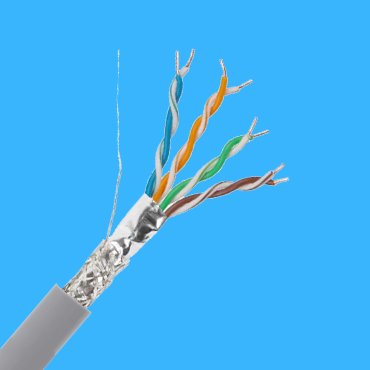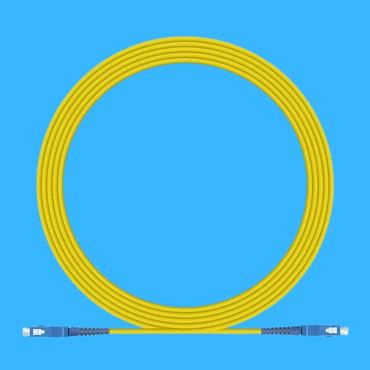Your Best Fiber Media Converter Supplier in China
What is a Fiber Media Converter
A fiber media converter is a telecommunication device, used to change electrical signals in an ethernet cable to opitcal signal transmitted by a fiber optical cable, thus used to extend an ethernet work distance beyond the distance limitations of copper LAN cables. Media Converters are widely employed in large metropolitan area networks (MANs) and big business networks, known as enterprise networks.
PowerTel and his associated factory can provide you a complete range of this fiber media converter for your varied applications.
Fiber Media Converter for Different Applications
Support SFP+/XFP optical modules with different interfaces
10/100/1000Mbase-TX apative RJ45,+ SFP port


1 SFP port, 2 1000M Ethernet RJ45 ports and one data expansion port




Product Feature Box




National High-tech Enterprise
It is a company focused on researching & developing and producing optical fiber transmission, data communication and network access equipment.


Custom Design Products
Possessing the core intellectual property rights of the communication products produced, we are able to provide customers with custom fiber media converter. The main users of the company are telecom operators, as well as electric power companies, railways, public security etc.
Package Supply of Materials
Except for fiber media converter, we are committed to do a package supply of materials to build or to upgrade your network, including fiber optic cable, UTP copper cable, patch cord cable and SFP module etc.

Related Product
Difference between Fiber Media Converter and Switch
When it comes to Fiber Media Converter, it is often to compare Fiber Media Converter with switches with SFP ports. Below, we will mainly discuss the advantages of Fiber Media Converter over switches with SFP port.
First of all, Fiber Media Converter is of a much lower cost,compared with a switch . Especially, some optical port switches will lose one or even several RJ45 ports after inserting optical modules, which can greatly reduce the initial investment of telecom operators.
Secondly, due to the lack of uniform standards for most optical modules in switches, once the optical modules are damaged, they need to be replaced with the same modules commercially available from the original manufacturer, which poses significant difficulties for later maintenance. However, there is no problem with the interconnection between devices from different manufacturers of Fiber Media Converter. Therefore, once damaged, they can also be replaced with products from other manufacturers, making maintenance very easy.
fiber media converter is a critical networking device that seamlessly connects copper-based Ethernet networks (using twisted-pair cables like Cat5e/Cat6) to fiber optic cabling systems. This allows companies or a private unit to leverage the high-speed, long-distance advantages of fiber optics while preserving existing copper infrastructure.
Key Features for a fiber media converter
- Signal Conversion
- Data Rate Compatibility
- Duplex Modes
- Fiber Interface Options
– SFP/SFP+ slots for flexible use of transceivers (e.g., LC, SC, ST connectors).
– Wavelengths: 850nm (MMF), 1310nm/1550nm (SMF).
- More Options for power supply
- Managed vs. Unmanaged
– **Unmanaged**: Plug-and-play, no configuration required.
– **Managed**: Advanced features like VLAN tagging, QoS, SNMP monitoring, and fault detection.
-Applications for a fiber media converter
- **Network Extension**
Not limited in a 100 meter networking areas, by using some fiber media converter, it can extend up to 120 km.
- **Noise Immunity**
- **Bandwidth Upgrade**
Upgrade your network by housing high-capacity fiber links without replacing existing copper switches.
- **Security Enhancement**
– Fiber’s resistance to eavesdropping makes it ideal for sensitive data transmission.









